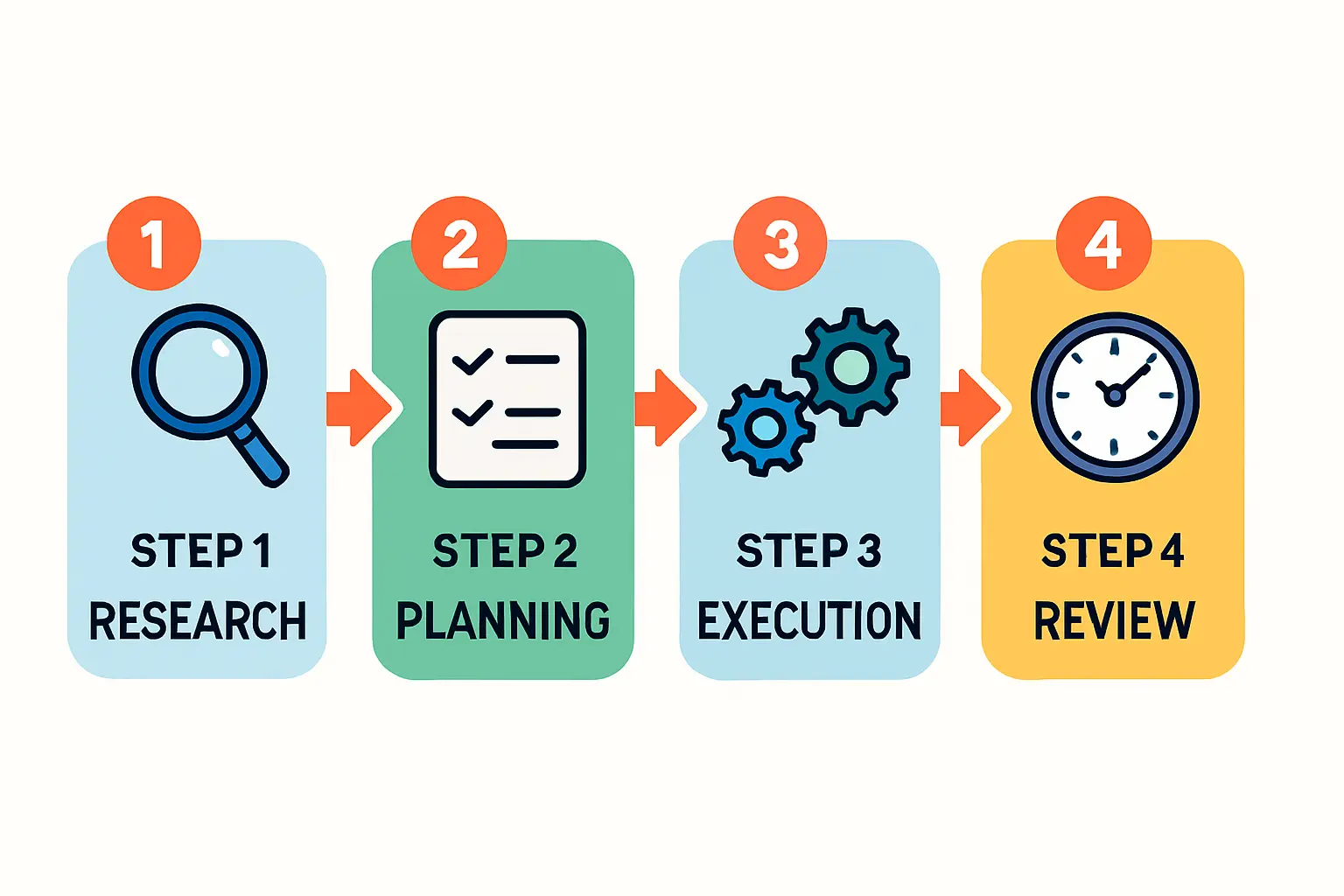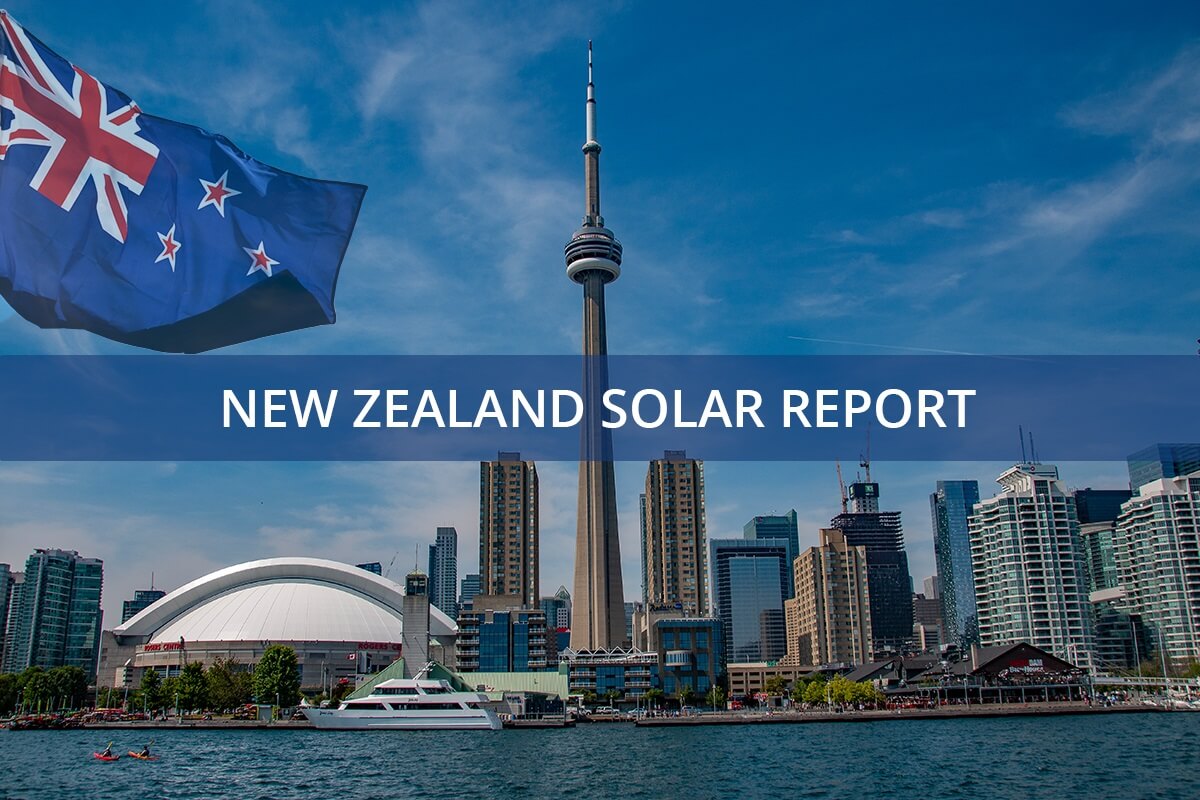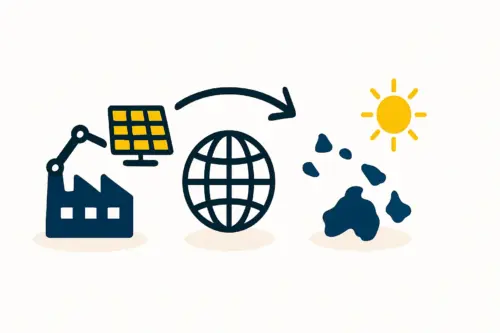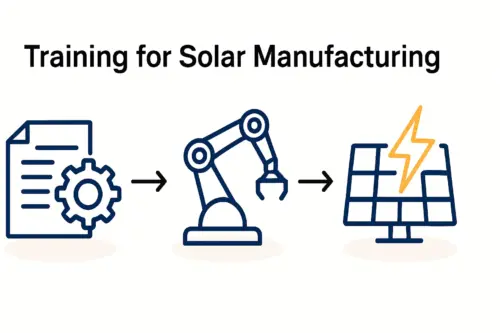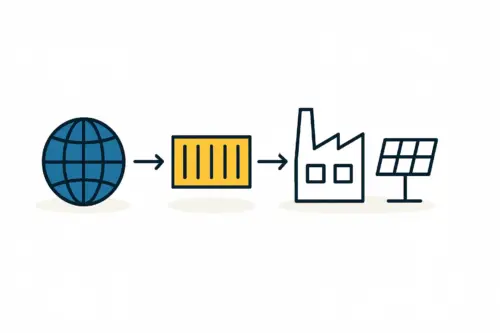An entrepreneur establishes a small-scale solar module assembly line. The first batch of panels is produced, and internal tests show excellent performance and build quality.
When approaching local distributors and installers in New Zealand, however, the conversations stall. The first question isn’t about efficiency or price but compliance: ‘Are your modules certified to AS/NZS standards and on the CEC approved list?’ Without this, the entire inventory, despite its quality, has no legal or commercial path into the domestic market.
This scenario highlights a critical reality for any new entrant into the solar manufacturing industry: producing a high-quality product is only half the journey. Securing market access requires navigating a complex landscape of local and international standards. For a manufacturer in New Zealand, understanding these specific certifications isn’t an administrative afterthought—it’s fundamental to the business plan.
Why Product Certification is a Non-Negotiable Step
Product certification independently verifies that a solar module is safe, reliable, and performs as specified. For a business, it’s the key that unlocks the market.
-
Legal & Regulatory Compliance: In most countries, including New Zealand, solar installations must adhere to strict electrical and building codes. Only certified components are permitted for use.
-
Market Access: Distributors, installers, and project developers will work exclusively with certified products to ensure compliance, insurability, and eligibility for any potential government incentives.
-
Building Trust: For a new brand, certification is the most effective way to build credibility. It demonstrates a commitment to quality and safety, assuring customers that their investment is protected by products that have undergone rigorous third-party testing.
Failing to plan for certification can lead to significant financial loss, rendering a manufacturer’s entire production output unsellable. A clear understanding of the required standards must guide the entire solar factory setup process, from initial design to final production.
Navigating the New Zealand Regulatory Landscape
While many solar standards are based on international frameworks from the International Electrotechnical Commission (IEC), they are often adopted and modified to suit local conditions. In New Zealand, manufacturers must focus on several key standards to ensure full compliance.
Electrical Safety: The Foundation of Trust (IEC/AS/NZS 61730)
This is arguably the most critical standard. It outlines the fundamental safety requirements for solar modules, covering construction, materials, and testing protocols. Its primary purpose is to protect against electrical shock, fire hazards, and personal injury over the product’s lifetime.
Ready to make big Profits?
The solar Industry is Booming
WE HELP NEWCOMERS to the solar industry start their own solar module production line. Customers can make BIG PROFITS by selling modules and finding investors, without wasting money and time on things they don't need!
Certification to AS/NZS 61730 verifies that a module can withstand electrical stresses like high voltage and incorporates safe insulation and wiring practices. For any entrepreneur, this standard is the baseline requirement for a product to be considered safe for public and commercial use.
Performance and Durability: Proving Long-Term Value (IEC/AS/NZS 61215)
While safety is paramount, customers invest in solar modules for their long-term energy production. The IEC/AS/NZS 61215 standard validates a module’s design for long-term performance under demanding outdoor conditions.
Modules undergo a series of stress tests to simulate decades of wear and tear, including:
-
Thermal cycling: Testing resistance to extreme temperature fluctuations.
-
Damp-heat tests: Evaluating performance in hot and humid environments.
-
UV exposure: Ensuring materials do not degrade under prolonged sunlight.
-
Mechanical load tests: Simulating the impact of heavy wind, snow, and hail.
Passing these tests is independent proof that the module is built to last and will likely meet its 25-year performance warranty.
System Installation and Integration: The AS/NZS 5033 Standard
This standard is crucial, as it governs the installation of photovoltaic (PV) arrays. Though it applies mainly to installers, it has direct implications for module manufacturers. Installers in New Zealand are legally required to follow AS/NZS 5033, which specifies requirements for everything from mounting and wiring to system earthing.
A module manufacturer must ensure their product’s design—including its frame, junction box, and connectors—is compatible with the installation practices outlined in this standard. If a module makes it difficult or impossible for an installer to comply with AS/NZS 5033, it simply won’t be adopted by the market.
The Role of the Clean Energy Council (CEC) Listing
Although the Clean Energy Council is an Australian renewable energy association, its approved product list serves as the de facto benchmark for quality and eligibility in the New Zealand solar market. Most distributors, installers, and consumers in New Zealand will only consider modules that are CEC-approved.
For a new manufacturer, gaining a CEC listing is a commercial necessity. This involves submitting proof of compliance with the relevant IEC/AS/NZS standards and passing the CEC’s own verification process. Being on this list signals to the entire supply chain that a product has met the highest industry benchmarks for safety, performance, and durability.
The Certification Process: A Practical Overview
Obtaining these certifications is a structured process that should be factored into the project timeline and budget from the very beginning. The typical investment for a solar module production line must account for these essential third-party costs.
-
Product Design & Pre-testing: The module is designed from the ground up to meet the requirements of the target standards. In-house testing helps identify potential failures before formal submission.
-
Select an Accredited Laboratory: The manufacturer engages an internationally accredited testing body, such as TÜV Rheinland or VDE, to perform the official certification tests.
-
Formal Testing: Sample modules from the production line are sent to the lab to undergo the full battery of tests required by standards like IEC 61215 and IEC 61730.
-
Factory Audit: The testing body often conducts an audit of the manufacturing facility to ensure that quality control processes are in place to produce modules consistent with the tested samples.
-
Issuance of Certificates: Upon successful completion of all tests and audits, the laboratory issues the official certificates.
-
CEC Listing Application: With the IEC/AS/NZS certificates in hand, the manufacturer can then apply for inclusion on the CEC approved product list.
Frequently Asked Questions (FAQ)
What is the difference between IEC and AS/NZS standards?
IEC standards are the international baseline developed by the International Electrotechnical Commission. AS/NZS standards are the joint Australian and New Zealand versions. They are typically based on IEC standards but may include specific modifications or requirements relevant to local conditions, regulations, and installation practices.
Is CEC listing a legal requirement in New Zealand?
It’s not a direct legal mandate from the government but has become an essential commercial requirement. Most projects, especially those requiring financing or insurance, and nearly all reputable installation companies will exclusively use products on the CEC approved list.
How long does the certification process take?
The entire process, from submitting modules for testing to receiving the final certificates, can take anywhere from 6 to 12 months. This timeline should be factored into any business plan.
Can a factory use a testing laboratory located outside of New Zealand?
Yes. Manufacturers can and often do use accredited international laboratories in Europe or Asia, such as TÜV, for testing. The key is that the lab must be accredited to test against the required IEC and AS/NZS standards.
Conclusion: Building a Compliant Foundation for Success
For any entrepreneur planning to manufacture solar modules in New Zealand, product certification is not merely a box to tick—it is the bedrock of a sustainable business. By integrating the requirements of AS/NZS 5033, 61730, 61215, and the CEC into the initial product design and business strategy, a new manufacturer can avoid costly delays and ensure their high-quality products have a clear path to market.
Understanding this regulatory framework from day one transforms compliance from a potential obstacle into a strategic advantage, paving the way for a trusted brand and a successful entry into the renewable energy sector.

